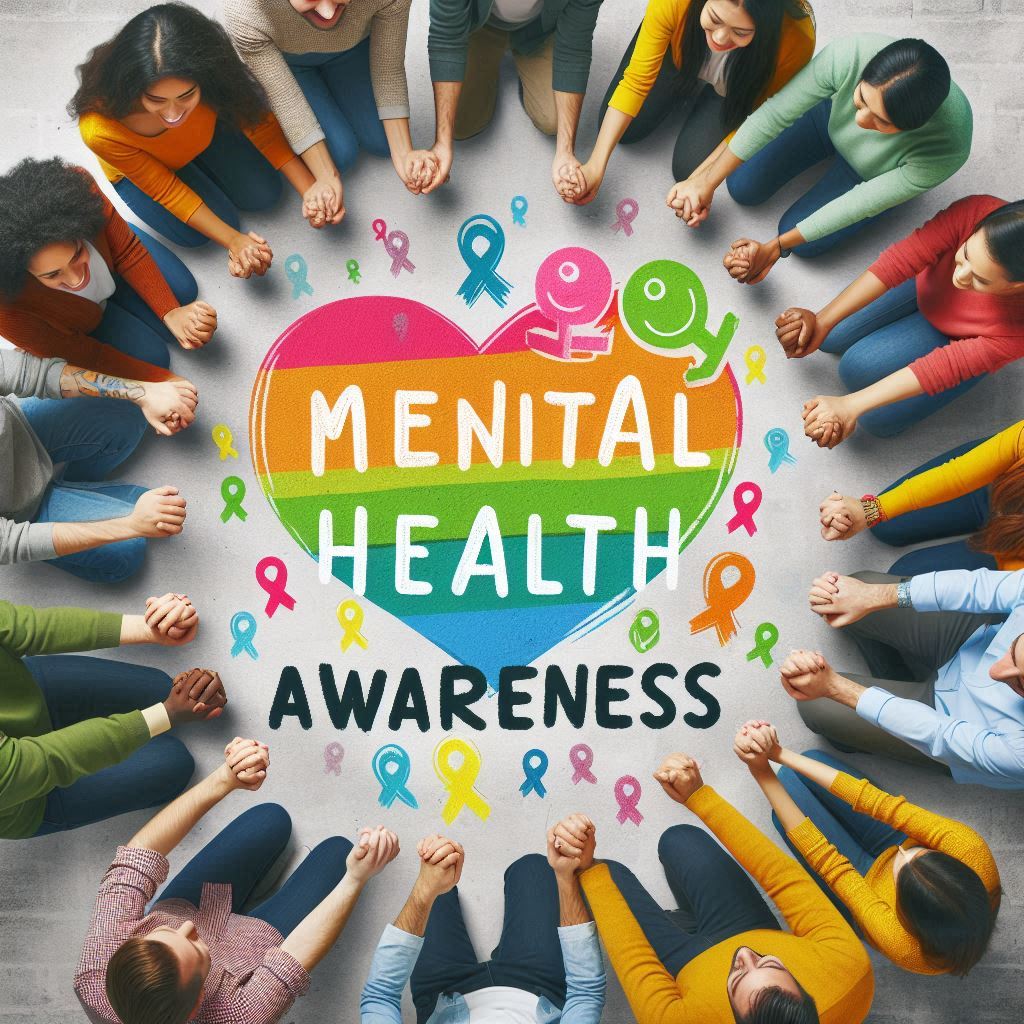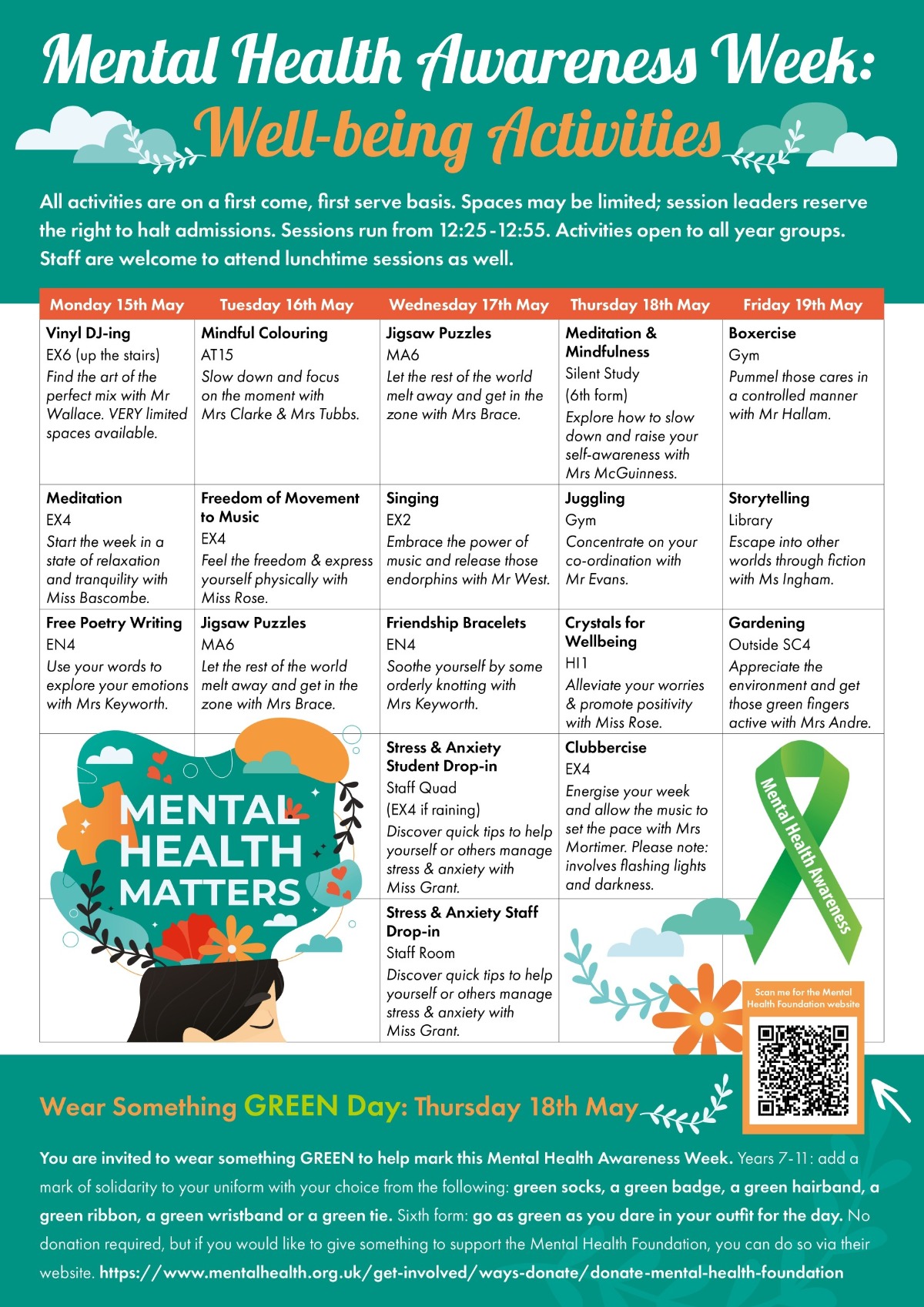Mental Health Awareness: Coping with Seasonal Affective Disorder (SAD) During Winter
Winter often brings shorter days, longer nights, and colder temperatures, which can significantly impact mental health. Seasonal Affective Disorder (SAD), a type of depression that occurs during specific seasons, is particularly prevalent in the colder months. For many, the dark days of winter can feel heavy and overwhelming, but understanding SAD and implementing strategies to maintain mental wellness can make a significant difference. This blog explores the effects of SAD, its symptoms, and practical tips for maintaining mental health during winter.
What is Seasonal Affective Disorder (SAD)?
SAD is a form of depression that follows a seasonal pattern, typically emerging in late autumn or early winter and subsiding during spring or summer. It is more than just the "winter blues" — SAD can profoundly affect mood, energy levels, and overall quality of life.
Symptoms of SAD:
-
Persistent low mood or feelings of sadness
-
Loss of interest in activities once enjoyed
-
Fatigue or lack of energy
-
Difficulty concentrating or making decisions
-
Increased appetite and cravings for carbohydrates
-
Weight gain
-
Oversleeping or struggling to wake up in the morning
-
Feelings of hopelessness or worthlessness
While SAD can affect anyone, it is more common in women, young adults, and those living in regions with less sunlight during winter.

The Science Behind SAD
SAD is believed to be linked to reduced sunlight exposure during the winter months, which can disrupt the body’s internal clock (circadian rhythm) and lead to a drop in serotonin levels, a neurotransmitter that affects mood. Additionally, changes in light exposure can alter melatonin levels, which regulate sleep and wake cycles, further contributing to symptoms of SAD.
Tips to Maintain Mental Wellness During Winter
While SAD can feel overwhelming, there are effective strategies to help manage its symptoms and support mental well-being:
1. Maximize Sunlight Exposure:
-
Spend time outdoors during daylight hours, even if it’s cloudy.
-
Sit near windows to make the most of natural light when indoors.
-
Consider rearranging furniture to maximize sunlight exposure.
2. Light Therapy:
-
Use a light therapy box designed to mimic natural sunlight. Sitting in front of this device for 20-30 minutes daily can help regulate your circadian rhythm and boost serotonin levels.
-
Consult a healthcare professional before starting light therapy to ensure it’s suitable for you.
3. Stay Active:
-
Engage in regular physical activity, such as walking, yoga, or dancing. Exercise releases endorphins, which can improve mood and energy levels.
-
Consider outdoor activities like winter hikes or cycling to combine exercise with sunlight exposure.
4. Maintain a Healthy Diet:
-
Focus on a balanced diet rich in fruits, vegetables, whole grains, and lean proteins.
-
Limit sugary and processed foods, which can lead to energy crashes.
-
Include foods high in omega-3 fatty acids, such as salmon, walnuts, and flaxseeds, to support brain health.
5. Create a Sleep Routine:
-
Stick to a consistent sleep schedule, going to bed and waking up at the same time daily.
-
Avoid screens and bright lights before bedtime to improve sleep quality.
-
Create a calming bedtime routine, such as reading or meditating, to promote relaxation.
6. Stay Connected:
-
Reach out to friends and family for support and companionship.
-
Join social groups or engage in community activities to combat feelings of isolation.
-
Consider virtual connections if in-person gatherings aren’t possible.
7. Practice Mindfulness and Relaxation Techniques:
-
Try mindfulness meditation, deep breathing exercises, or progressive muscle relaxation to reduce stress day to activities such as painting, journaling, or listening to music.
8. Seek Professional Help:
-
If SAD symptoms become overwhelming, consider consulting a mental health professional.
-
Cognitive Behavioral Therapy (CBT) has been shown to be effective in managing SAD.
-
In some cases, medication may be prescribed to help regulate mood.
-

Supporting Others with SAD
If someone you know is struggling with SAD, you can support them by:
-
Encouraging them to seek help and offering to assist with finding resources.
-
Being understanding and patient with their experiences.
-
Offering to spend time with them or join them in outdoor activities.
Looking Ahead: Embracing the Winter Season
While winter can be challenging for those affected by SAD, it’s important to focus on what can be controlled. By adopting proactive strategies, seeking support, and prioritizing self-care, it is possible to navigate the season with resilience and hope. Awareness and understanding of SAD not only empower individuals to manage their mental health but also foster a more compassionate society.
If you or someone you know is struggling with SAD, don’t hesitate to reach out for help. There is strength in seeking support, and brighter days are ahead.











Top Comments You Can't Miss!